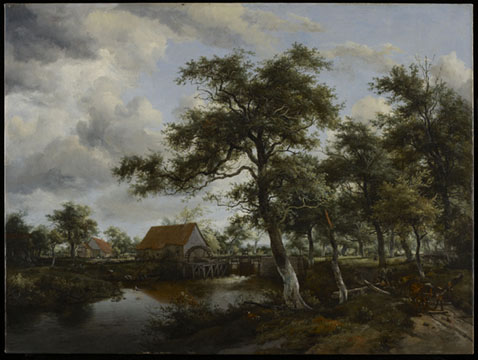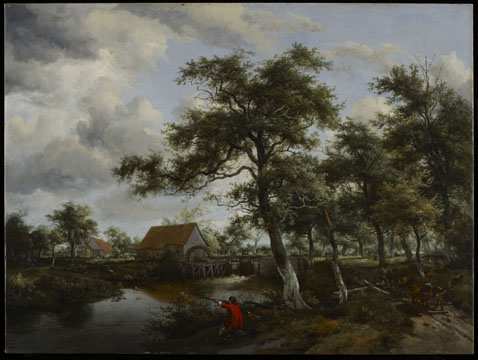
Our Thursday began early with a drive to the University of Pennsylvania Museum of Archaeology and Anthropology, where we had an appointment with Head Conservator Lynn Grant. As I have a background in archaeology, I was especially keen to see how conservation was approached at an archaeologically-focused museum. Lynn was very generous with her time and expertise, answering our slew of questions. We started with a tour of the collections in storage, where nearly a million objects are protected long-term – in fact the collection is so large that only about 3% of their artifacts can be on display at any one time. All of this is in the care of the two (soon to be three) full-time conservators and their assorted interns. The museum, housed in a historic building on the university campus, recently began renovations on much of the service area, so although the conservation staff currently operate in a makeshift lab, they anticipate having great new facilities in the near future.
Thrilled with the thorough visit, we thanked Lynn and stepped out into the very rainy city for an afternoon of exploration. This was Jessica’s first visit to Philly, so I made sure we hit all the major sites, beginning with lunch at the Reading Terminal Market. The rest of the afternoon we wandered through historic Philadelphia, finally visiting the Liberty Bell Center, which contains one small and uplifting exhibit, and touring Independence Hall, which is currently undergoing its own massive conservation project.
As you read yesterday, we spent the following day in New York City before catching a late bus to Washington, D.C. I headed for the National Mall, where I visited for the first time the D.C. branch of the National Museum of the American Indian, built in 2004. I loved the unique design of the building itself and its flowing exhibits, and I was pleased to see that the exhibits included a wide range of cultures and time periods, including some breathtaking contemporary pieces of art. That evening Jessica, Duncan, and I reunited in time to attend a gallery opening downtown where some of Jessica’s artwork was on display.
After spending Sunday driving to upstate New York, we headed to Buffalo State College to get to know the campus and to meet with second-year art conservation student Christine Puza. As we approached the school, two copper peaks towering over the campus caught our attention. A bit of research revealed that the building was part of the former Buffalo State Asylum for the Insane (known now as the Buffalo Psychiatric Center or the Richardson Olmsted Complex), designed by H.H. Richardson in 1870 and now out of use. The state of New York has committed to a restoration of the complex, which could someday perhaps provide great research and conservation projects for the neighboring school.
The friendly Buffalo State campus gave its art conservation program a more collegiate atmosphere than the independent departments of NYU and Delaware. I was surprised that the three programs could have such different, yet equally pleasing, settings and characters. At Buffalo, the Art Conservation Department is proudly housed in Rockwell Hall, the main campus building, near the music department. (The school clearly has its priorities in good order.)
Christine met us here and gave us an in-depth tour of the various labs, where she told us about the coursework underway and shared her own projects. As we entered one room filled with students’ original artwork she explained that the Buffalo program emphasizes the simultaneous development of hand skills and intimate knowledge of historical artistic techniques, taught by having the students replicate traditional methods of manufacture, such as painting with egg tempera. First-year students even design their own projects to focus on crafts of personal interest (smithing or flintknapping, e.g.).
The artworks used for conservation training are brought in from outside sources. People or museums can bring in their items for evaluation and treatment, with the understanding that it might be a few years before a student chooses it for a personal project. Christine was excited to show us her current paper conservation project, the removal of a poor backing from a woodblock print by Katsushika Hokusai. In the objects lab she pulled out a damaged wooden box she was working on and told us that the second year students enjoy the opportunity to go “shopping” for such projects in the storage facilities of the next-door Albright-Knox Art Gallery.
After a delicious lunch with Christine at the Indian buffet near campus, we realized that the perfect autumn weather would be best spent on a visit to Niagara Falls, only a twenty-minute drive away. There the crowds were sparse and the trees were just unveiling their seasonal chromatic brilliance. Refreshed by this natural masterpiece, we began our long drive home to Indianapolis.






